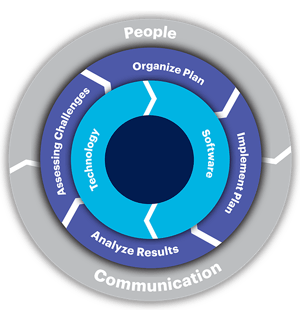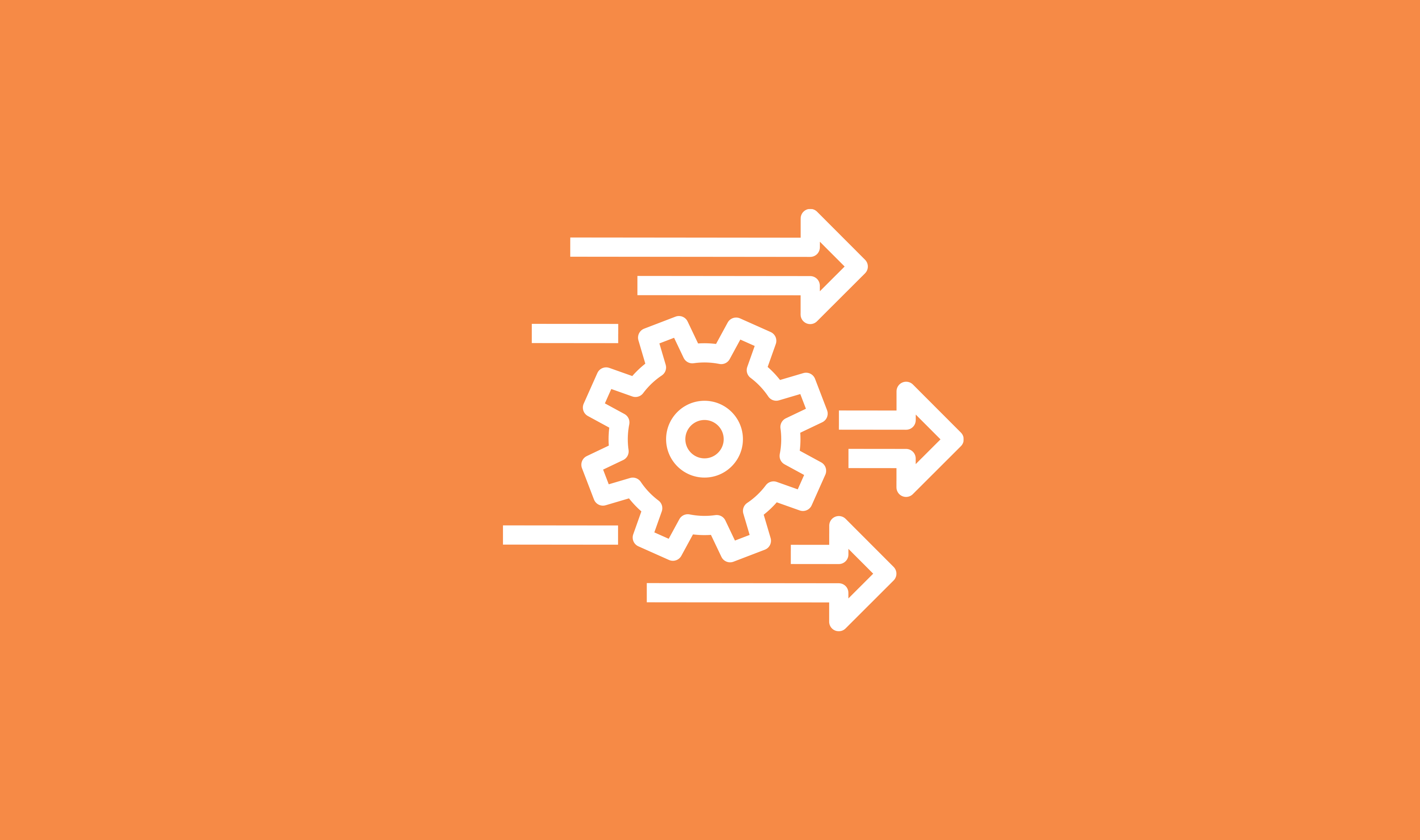Organizations are in a constant state of change to adapt and meet modern construction challenges. Failure to change can lead to stagnation or in the case of safety, injuries, site shut downs, and worse. Nearly 50 percent of all organizations are unsuccessful in their change initiatives. Understanding how to plan, coordinate, and deliver change is an invaluable skill for the modern EHS leader.
Identifying your company’s unique issues and solving them whether through process change or a new EHS construction platform should reduce your disruptions and increase profits; through increased subcontractor readiness and visibility, standardized documentation workflow, and building a more robust safety culture.
We highlight the 4 critical steps to take in order to identify, plan, and implement effective change within your organization.
1. Assess the current state of your organization
For an organization to make meaningful and successful changes, you must be detailed in your approach. In this phase understanding the need for change is vital and is directly correlated to the organization’s current pain points and workflow issues.
Identifying these paint points, such as documentation review delays, siloed data, or lack of subcontractor activity visibility, provides you with the correlating solutions required, which will inform your success criteria.
It is also important to communicate how you will measure this success. For example, if your reporting processes require long hours searching for on-site documentation, your organization may benefit from tracking hours spent building reports. Can you see all daily subcontractor activity with ease like hours worked and meetings attended?
Understanding the problems and solutions will also help you identify which, stakeholders must be a part of the change program and what their involvement needs to be for success. A RACI chart is a helpful tool to help identify and begin early communications with team members to inform your plan.
Be sure to communicate how and who is responsible for measuring success with clear-cut qualitative and quantitative data needs clear-cut data will prepare you to clearly communicate rationale and success of the change efforts to gain support from subcontractors, safety teams, and executives.
2. Organize and communicate your plan
Once you’ve gained support from stakeholders, it’s time to create a detailed step-by-step plan to carry out these changes. Your change management plan should include your organization’s long-term goals, implementation strategies, funding, timelines, performance metrics, communication channels, and potential roadblocks.
Building a change management team is a powerful tool within the implementation process. Dividing communication, implementation, and analysis across several team members will give your implementation plan a better chance at staying on schedule and within budget.
Include key milestones for communication to the wider organization with well defined feedback channels. It’s important to have a dialogue, where your stakeholders can discuss issues or challenges, they may see at their end so you can remove hurdles together.
If you’re new to change management or would like to build a more robust plan, consider registering for our free webinar with industry experts. They’ll provide insight on how they were able to implement change within their organizations.
As an example, if you’re currently using manual means to process documents, you and your change team should take the time to map out how your forms and connected workflows will be translated to your new EHS construction platform with your end users. Once in use, you’ll want to be able to gather feedback on whether these processes are working as designed.
3. Implement your plan and solution
You’ve assessed your needs, organized your plan, communicated that plan to your team — now it’s finally time to put your plan into action. This can look very different from company to company, as it is dependent on your previously assessed pain points and implementation plan.
During the implementation it’s important that change team members remain focused on their assigned tasks. Maintain clear lines of communication and work with your team to anticipate roadblocks with end users and work to prevent or remove them. This is an integral moment within the process of receiving feedback from your change team and stakeholders.
For technology change, it’s important to understand that not everyone isn’t equally technically proficient or enthusiastic about a new solution. Finding those ‘champions’ who are genuinely interested and putting in concerted effort to empower them with training and information so they can advocate, support and problem solve can be a helpful tactic to distribute efforts. . Ensure you stick to you communication plan and review the data against your success criteria frequently.
4. Analyze results and continuously improve
Congratulations! You’ve successfully implemented your new EHS construction platform, hopefully within your allotted time and budget. Celebrate the win and thank change team members and end users for their hard work but remind them the job is not done. To make change stick, it’s time to analyze your implementation results against your success criteria and find ways to continuously improve.
Conducting the review can help business leaders understand whether a change initiative was a success, failure, or a mixed result. It can also offer valuable insights and lessons that can be leveraged in future change efforts.

A return to the status quo is an ever-present organizational issue, especially during this transitory period. Remind change team members and other stakeholders about the problems that have been solved and benefits that will come with continuous improvement to maintain new processes and workflows. A review of organizational structures, controls, and reward systems should all be considered as tools to help change stick.
Unlock the benefits of organizational change. Learn how EHS experts were able to gain greater documentation quality, decrease pre-start issues, and more. Register for our free webinar with speakers from DPR, RQ, and CRB construction.






